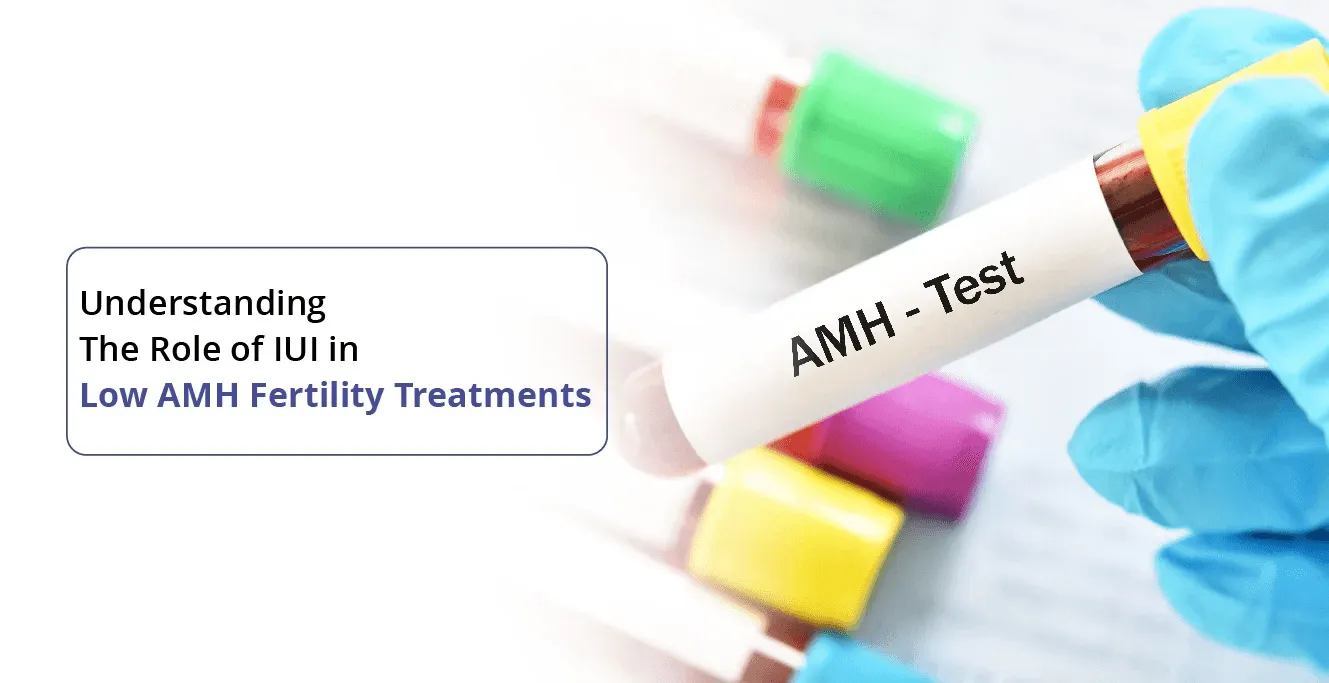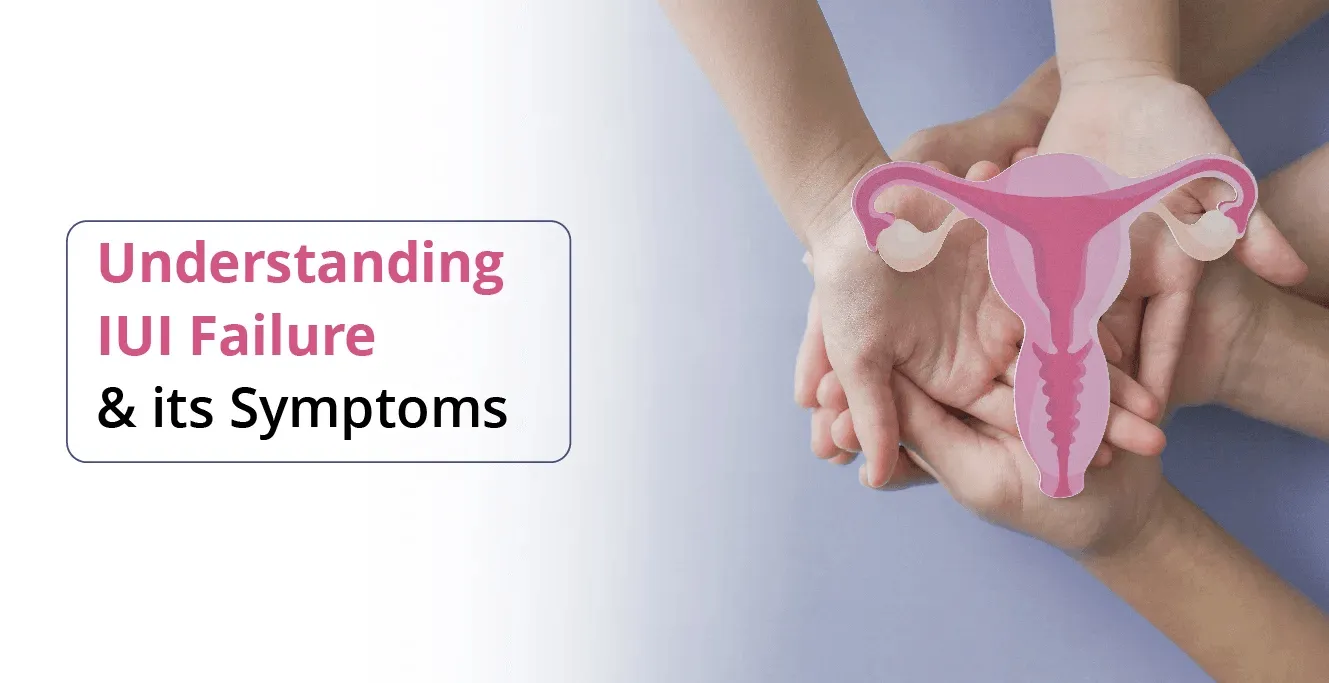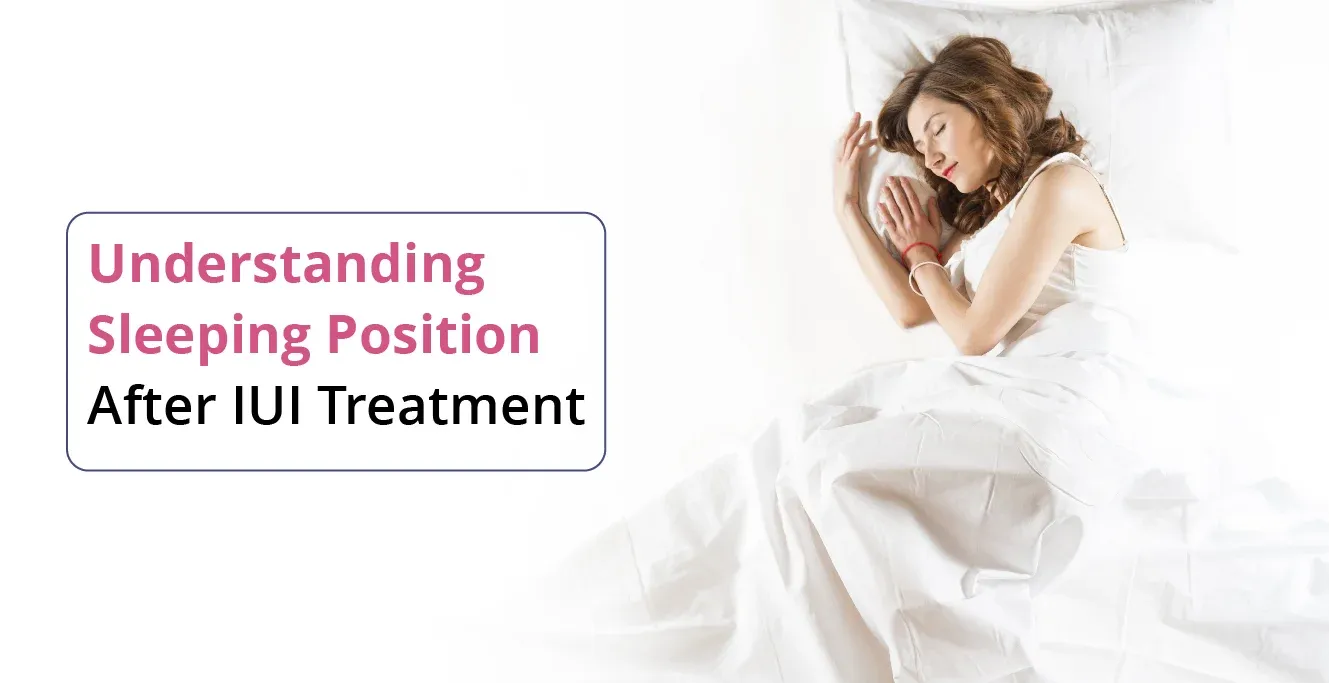
Understanding IUI Injection and Trigger Shot: Purpose and Side Effects

Table of Contents
- What is a Trigger Shot?
- Trigger Shot’s Role in Assisting Fertility Treatments
- Why does the “trigger shot” matter in IUI?
- Why is timing so crucial in a “trigger shot”?
- What Happens After the Trigger Shot?
- How Does This Enhance Fertility Treatment Outcomes?
- Common Side Effects
- Less Frequent Side Effects
- Frequently Asked Questions
- When is the trigger shot administered in the IUI process?
- Can the trigger shot increase the risk of multiple pregnancies?
- How soon after the trigger shot does ovulation occur?
- Is the trigger shot necessary for every IUI cycle?
- Can the trigger shot be self-administered at home?
- How can I ensure the success of IUI with the trigger shot?
Beginning the journey towards starting a family can, at times, be fraught with challenges and concerns. A significant number of couples find themselves facing the obstacle of infertility, making the path to parenthood a bit more complicated than expected. In recent years, medical advancements have opened up a range of fertility treatments, broadening the options for aspiring parents. One such treatment is the trigger shot or intrauterine insemination (IUI) injection, a method often used in assisted reproductive techniques.
In India alone, approximately 27.5 million couples who are actively trying to conceive experience fertility problems. It’s no surprise then that understanding complex treatments like the trigger shot IUI has become essential for many families on their path to parenthood.
So, what exactly is this ‘trigger shot’ and why is it utilised in fertility treatments? How does it work, and what side effects might one anticipate? These are just a few of the questions that we’ll address in this blog post as we delve deeper into the complexities of fertility treatment options available today.
What is a Trigger Shot?
A trigger shot is a hormone injection that helps in the maturation and release of eggs in your ovaries, a process called ovulation. The hormone used is usually human chorionic gonadotropin (hCG), which acts like the natural luteinising hormone (LH) surge that signals your eggs to stop dividing and exit the follicles. Sometimes, a different hormone called a gonadotropin-releasing hormone (GnRH) agonist might be used, especially if there is a risk of ovarian hyperstimulation syndrome (OHSS).
Trigger Shot’s Role in Assisting Fertility Treatments
The IUI trigger shot plays a significant role in enhancing fertility treatment outcomes. As most are aware, timing is of the essence when it comes to fertility treatments, and the hCG trigger shot precisely offers that. The hCG hormone mimics the action of the luteinising hormone (LH), inducing ovulation at a reasonable time and thereby maximising the chances of successful conception.
Why does the “trigger shot” matter in IUI?
Timing is everything when it comes to IUI. The trigger shot makes sure ovulation happens at a predictable time, so the egg is ready and waiting when the sperm is put into your uterus. This careful timing increases the chances of getting pregnant.
Why is timing so crucial in a “trigger shot”?
To understand the importance of trigger shot timing in IUI, it’s necessary to appreciate the delicate timing involved in fertility treatments. Around 14 days before a woman’s next period, ovulation usually takes place. However, this timing can differ from woman to woman and from one cycle to the next. Precisely predicting ovulation can, therefore, be tricky. A missed timing could mean a missed opportunity for pregnancy.
This is where the IUI trigger shot comes into play. It regulates the timing of ovulation, ensuring that it occurs predictably after ovarian stimulation medications have stimulated the development of follicles in the ovaries.
What Happens After the Trigger Shot?
After you get the trigger shot, ovulation usually happens within 24 to 48 hours. This is when the IUI procedure is done to increase the chances of fertilisation.
You might need to undergo a progesterone test approximately one week after the procedure to make sure your progesterone levels are increasing as they should. This shows that your uterus is getting ready for potential embryo implantation. If needed, you may receive additional progesterone supplements to support implantation and early pregnancy.
How Does This Enhance Fertility Treatment Outcomes?
- Coordination: The IUI injection coordinates various aspects of fertility treatment. It ensures that ovulation aligns with other procedures like IUI or egg retrieval in IVF.
- Maximised Fertilisation Window: By triggering ovulation, it ensures that a released egg is available for fertilisation by sperm, thereby increasing the chances of successful conception.
- Treatment Optimisation: Accurate timing increases successful outcomes in fertility treatments as it allows healthcare providers to synchronise various steps of the treatment process and enhance pregnancy chances.
- Ovarian Stimulation: In some cases, an IUI injection coordinates ovulation with controlled ovarian stimulation where medications stimulate multiple follicle growth and maturation for obtaining multiple viable eggs for fertilisation.
Did you know?Did you know that the concept of triggering ovulation artificially, similar to the trigger shot used in modern fertility treatments, has been around for centuries? In ancient times, some cultures believed in using various natural substances, such as herbal remedies or animal gland extracts, to stimulate ovulation in women struggling with infertility. While the methods and understanding of fertility treatments have evolved significantly over time, the basic principle of inducing ovulation to enhance fertility remains a cornerstone of modern reproductive medicine.
Just like any medication, the trigger shot in IUI can have side effects. It’s important to remember that these are generally mild and transient, but it’s essential to be aware of them:
Common Side Effects
- Injection Site Reactions: Pain, redness, swelling, bruising, or itching at the injection site.
- Ovarian Soreness or Discomfort: Mild pain in the lower abdomen due to slightly enlarged ovaries.
- Breast Tenderness or Swelling: Caused by hormonal changes.
- Fatigue: Hormonal shifts may lead to increased tiredness.
- Headaches: Usually mild and temporary.
- Mood Changes: Hormonal fluctuations may cause irritability, mood swings, or emotional changes.
- Spotting or Light Bleeding: Minor bleeding, which typically resolves quickly.
- Bloating and Gas: Abdominal discomfort due to hormonal effects.
Less Frequent Side Effects
- Ovarian Hyperstimulation Syndrome (OHSS):
- Although rare, OHSS can occur, especially in women undergoing ovarian stimulation.
- Symptoms include abdominal pain, bloating, nausea, vomiting, and, in severe cases, difficulty breathing or fluid retention.
- Ovarian Cysts:
- The trigger shot can occasionally lead to temporary ovarian cysts, which may cause discomfort.
- Blood Clots:
- Rare but serious, the medication can increase the risk of blood clots, especially in those with predisposing factors.
- Sore Throat or Upper Respiratory Infection:
- Some women report mild, cold-like symptoms after injection.
The IUI trigger shot is a powerful tool in fertility treatments, ensuring timely ovulation and increasing the likelihood of conception. However, understanding its potential side effects is vital for informed decision-making and managing expectations appropriately.
It’s always essential to discuss any concerns with your healthcare provider before starting a fertility treatment plan.
Feel free to seek medical advice regarding fertility preservation options or any other fertility-related queries at Birla Fertility. Our compassionate and supportive team is here to help you on your journey towards parenthood. Schedule an appointment with us today!
Frequently Asked Questions
When is the trigger shot administered in the IUI process?
The trigger shot is typically administered after ovarian stimulation medications have been used to stimulate follicle growth, and ultrasound monitoring confirms that the follicles are mature and ready for ovulation.
Can the trigger shot increase the risk of multiple pregnancies?
Yes, there’s a risk of multiple pregnancies with the trigger shot, particularly if ovarian stimulation medications are used alongside it. Careful monitoring and dosage adjustments help minimise this risk.
How soon after the trigger shot does ovulation occur?
Ovulation typically occurs within 24 to 48 hours after the trigger shot is administered. This timeframe is crucial for the success of the IUI procedure or timed intercourse, as it ensures that the released egg is available for fertilisation when the sperm is introduced into the reproductive tract. By closely monitoring the timing of ovulation following the trigger shot, fertility specialists can optimise the chances of successful conception and pregnancy.
Is the trigger shot necessary for every IUI cycle?
The use of the trigger shot depends on individual factors such as ovarian reserve, response to ovarian stimulation medications, and the treatment protocol recommended by the fertility specialist.
Can the trigger shot be self-administered at home?
In some cases, fertility clinics may provide instructions for patients to self-administer the trigger shot at home, while in other cases, it may be administered by a healthcare professional at the clinic.
How can I ensure the success of IUI with the trigger shot?
Success with IUI and the trigger shot involves careful monitoring, adherence to treatment protocols, and open communication with your fertility specialist. Following pre-cycle instructions, attending monitoring appointments, and discussing any concerns or questions with your healthcare team can help maximise your chances of success.
Our Fertility Specialists
Related Blogs
To know more
Birla Fertility & IVF aims at transforming the future of fertility globally, through outstanding clinical outcomes, research, innovation and compassionate care.
Had an IVF Failure?
Talk to our fertility experts

 Our Centers
Our Centers











